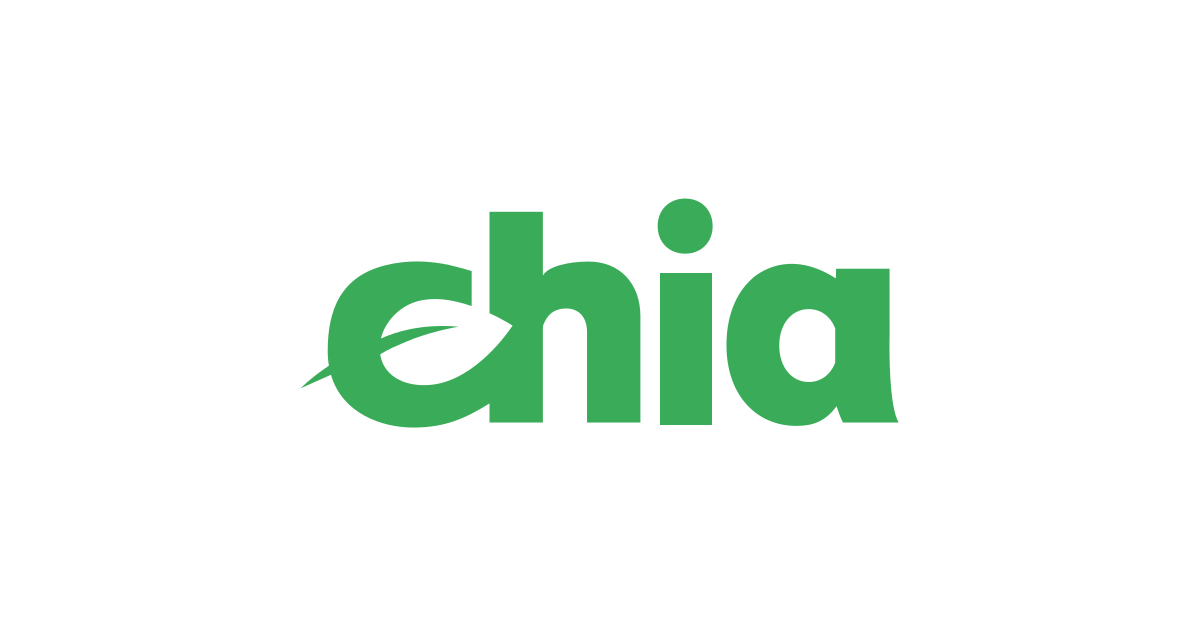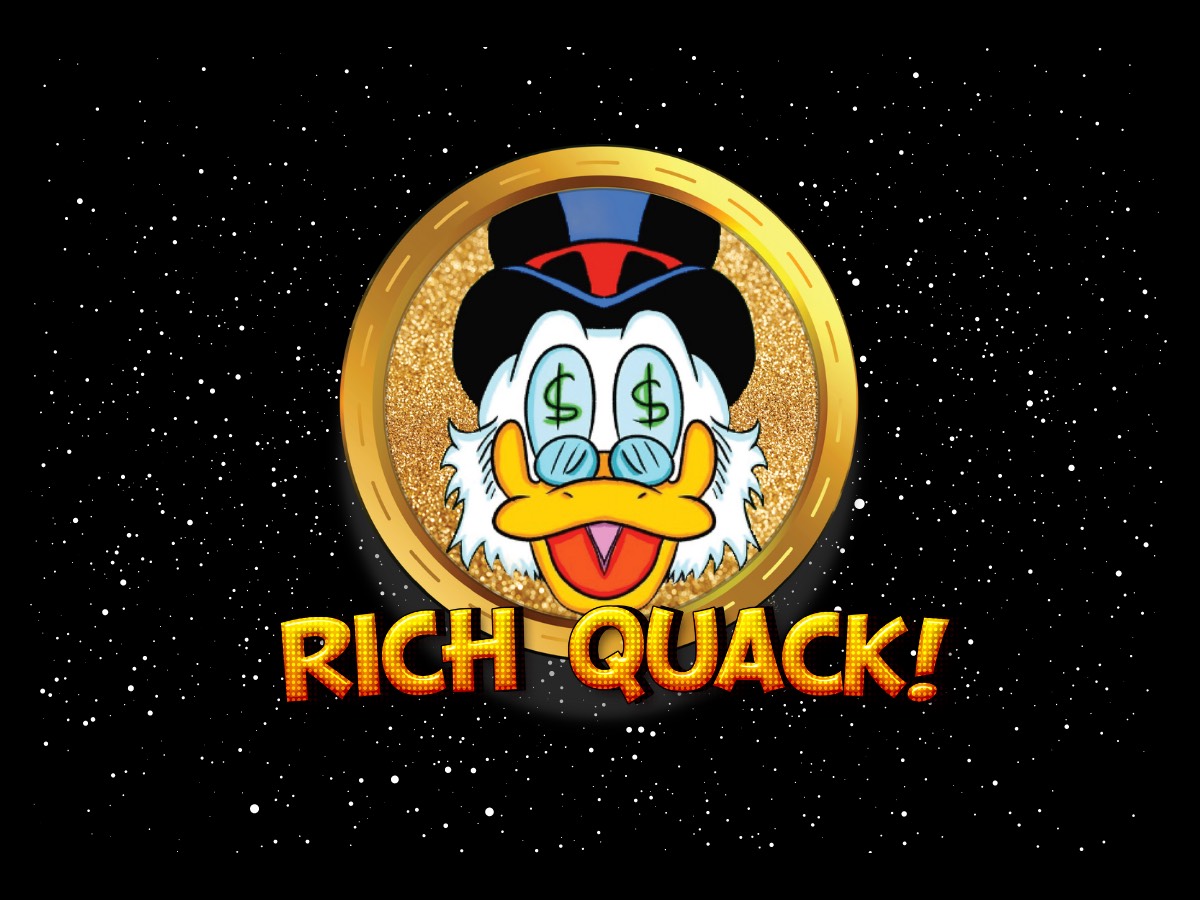
TL;DR
1) Overlay Protocol enables counterparty-free trading through its mint-and-burn mechanism, overcoming traditional liquidity bottlenecks and allowing any verifiable data stream to become tradable.
2) The total supply of OVL tokens is 88.88 million, with 51% allocated to the community. OVL serves dual roles as both governance and trading collateral, with dynamic supply adjustments to maintain system balance.
3) When trading, users lock OVL as margin: profits trigger new token minting for payout, while losses burn tokens of equivalent value, creating an automated settlement mechanism.
4) The protocol employs multiple risk controls—including position limits, profit caps, and circuit breakers—to prevent runaway inflation during extreme market conditions.
5) Overlay supports diverse markets, ranging from crypto and NFTs to real-world data streams, serving as infrastructure for prediction markets, risk management, and innovative financial products.
With DeFi growing rapidly, derivatives and prediction markets have become the frontier of innovation in crypto. Traditional DEXs, built on order books or liquidity pools, face limitations in covering long-tail assets and complex data streams due to pairing and depth constraints. Overlay Protocol breaks these limitations with its pioneering counterparty-free derivatives trading model, enabling any predictable data stream to be turned into a tradable market.
1. Overlay Protocol Overview
1.1 What is Overlay Protocol?
Overlay Protocol is a decentralized derivatives trading platform that allows users to go long or short on any verifiable, predictable, and manipulation-resistant data stream without relying on traditional counterparties like market makers or liquidity providers. If fully realized, Overlay would enable DeFi users to turn any manipulation-resistant data feed into a financial instrument.
The core innovation of Overlay Protocol is that users do not trade against other traders, but directly against the protocol itself. Settlement is achieved through a unique mint-and-burn mechanism that dynamically adjusts the supply of the native OVL token to balance profits and losses.
1.2 Overlay Protocol’s Market Types
Overlay aims to offer a wide range of markets, all based on data that cannot be manipulated or predicted in advance. For example:
- Unconventional crypto markets: Users can trade based on Bitcoin hashrate, blockchain gas fees, mining difficulty, NFT floor prices, social tokens, yield rates, and more.
- Unconventional real-world markets: Examples include esports and sports outcomes, sneaker prices, social and political prediction markets, or even data from natural sciences.
And this is just the beginning. Virtually any domain with reliable data sources can be transformed into a tradable market on Overlay.

1.3 Overlay Protocol’s Vision
Traditional financial derivatives markets heavily rely on liquidity and counterparties, which makes it inefficient or even impossible to trade many niche or long-tail assets and data streams. Overlay aims to eliminate this liquidity bottleneck, enabling any data stream—whether it’s crypto asset prices, NFT floor prices, on-chain hashrates, real-world metrics, or even sports event data—to be packaged into a tradable market. This opens up endless possibilities for prediction markets, risk management, and innovative DeFi products, representing a major leap forward for the entire DeFi sector.
2. Overlay Protocol Tokenomics
2.1 What is OVL Token?
OVL is the native token of Overlay Protocol, built on the ERC-20 standard. It serves two primary purposes: Trading participation and DAO governance. Within the Overlay system, OVL acts as both a liquidity and a governance token. All user profits and losses are settled in OVL, creating a positive feedback loop that reinjects utility, liquidity, and community incentives back into the system.
The OVL token is already live. If you participated in Overlay Protocol’s earlier testnet or community tasks, you can check the official airdrop page to claim your OVL rewards.
According to official data, the total supply of OVL is 88,888,888. Functionally, OVL’s supply is dynamic: when users close positions, the smart contract mints or burns OVL tokens accordingly.
2.2 OVL Token Distribution
A total of 51% of OVL tokens (~45 million) will be allocated to the community, ensuring both early supporters and new users can participate fairly. Meanwhile, team and investor tokens will be subject to a one-year lock-up period to prevent short-term sell-offs and to demonstrate long-term commitment to the project’s growth. This distribution structure, combined with OVL’s deflationary token design, is intended to build a healthy and sustainable token economy.
| Category | Allocation |
| Investors | 28% |
| Foundation | 13% |
| Airdrops | 9% |
| Marketing | 8% |
| Ecosystem | 42% |

2.3 OVL Use Cases
OVL holders can:
- Vote on DAO governance proposals that manage the Overlay Protocol.
- Open positions in any of the markets provided by Overlay by using OVL as collateral.
2.4 Opening a Position
When opening a position, Overlay users lock OVL tokens into the protocol’s smart contracts as collateral/margin. These collateralized tokens can then be leveraged in either direction across Overlay’s supported markets.
When closing a position, it may result in a profit, a loss, or break-even. If the position is profitable, the protocol will mint OVL tokens equal to the market value difference between opening and closing the position. These tokens will be added to the circulating supply of OVL.
If the position incurs a loss, the protocol will burn OVL tokens equal in value to the loss. These tokens will be removed from the circulating supply of OVL. If the position closes at break-even, no tokens will be minted or burned.
To prevent inflation spirals or attacks during extreme market conditions, Overlay implements multiple risk management mechanisms:
- Open Interest Cap: Limits maximum exposure per market or across the platform.
- Payoff Cap: Sets a maximum profit cap per position/user to avoid runaway minting in extreme scenarios.
- Circuit Breaker: Halts new positions or enforces liquidation in critical situations to protect protocol funds.
3. Overlay Protocol’s Core Mechanisms and Technical Principles
3.1 Counterparty-Free Trading
Overlay fundamentally redefines the DEX and derivatives market model. Traditionally, every derivative trade requires counterparties, either via order books or AMM liquidity pools. In Overlay, the protocol itself acts as the sole counterparty to all positions.
- When a user opens a position, they lock OVL as margin.
- All PNL is settled in OVL: profits are paid through newly minted OVL, losses are settled via burned OVL collateral.
- Since settlement occurs internally via this mint-burn mechanism, no external liquidity providers are needed, eliminating the depth problem that plagues traditional markets.
This design essentially acts as algorithmic market-making, with OVL supply dynamically adjusting to balance profits and losses across the system.
3.2 Data Feeds & Oracles
Overlay markets are built upon verifiable, manipulation-resistant data streams, such as:
- Crypto market prices (e.g., BTC, ETH spot/futures)
- NFT floor prices
- On-chain metrics like network hashrate or gas fees
- Real-world data (e.g., weather, sports results, economic indicators)
Overlay relies heavily on anti-manipulation oracles (e.g., Chainlink, Pyth), ensuring secure and reliable data sources. Only trusted oracles prevent price manipulation attacks and safeguard the protocol.
3.3 Market Structure & Pricing
Overlay’s markets function similarly to traditional derivatives but rely on oracle-fed data and protocol-specific risk parameters:
- Entry price: Based on oracle’s spot value at opening.
- Settlement price: Based on oracle’s value at closing.
- Risk parameters: The protocol can adjust margin requirements, leverage, and fees according to total open interest, volatility, or market conditions.
Overlay’s design allows for flexible customization of market parameters, fostering product innovation and experimentation.
4. Overlay Protocol’s Innovations & Advantages
4.1 Breaking the Liquidity Bottleneck
Overlay’s biggest breakthrough is removing the liquidity barrier for long-tail markets. In traditional markets, only mainstream assets attract sufficient depth. Overlay allows any reliable data stream to become tradable, be it niche NFTs, emerging on-chain metrics, or even real-world oddities.
4.2 Diverse Markets and Innovative Scenarios
Overlay not only supports on-chain native assets such as cryptocurrencies and NFTs, but can also host prediction markets for sports events (e.g., World Cup scores, NBA champions), macroeconomic indicators (e.g., U.S. CPI, unemployment rate), social media trends, traffic data, scientific forecasts, climate data, and more. This opens up significant room for innovation in on-chain prediction markets, risk management, and hedging tools.
4.3 Decentralized Governance and Community Focus
Overlay adopts DAO governance, where the community can vote on decisions such as: new market listings and parameter settings, trading fees and reward mechanisms, risk control parameters, and tokenomics adjustments. This governance model ensures continuous protocol iteration and decentralized development, preventing single points of failure and misaligned incentives.
4.4 Efficient and Low-Barrier Experience
- No need for counterparties: trades are executed instantly
- No reliance on market makers: saving on fees and slippage
- Supports high-frequency innovative markets, greatly lowering the barrier for market/token listings
- Multi-chain deployment (e.g., Arbitrum, BNB Chain) enhances trading efficiency and reduces gas fees
5. Overlay Protocol Risks and Challenges
Protocol Risks and Smart Contract Security: As a complex DeFi protocol, Overlay faces risks such as smart contract vulnerabilities, flaws in economic design, and oracle attacks, all of which may lead to asset losses. Although Overlay has implemented multiple risk-control measures, ongoing audits and community oversight remain essential.
Oracle Dependency and Data Manipulation: Overlay relies heavily on oracles. If a data source is attacked or experiences anomalies, it may directly impact market settlements and protocol security. To mitigate this, Overlay encourages the adoption of diversified and manipulation-resistant oracle solutions.
Compliance and Regulatory Challenges: Derivatives and prediction markets are naturally subject to regulatory scrutiny across different jurisdictions. For Overlay, balancing innovation and compliance is both an industry-wide challenge and a key factor for future growth.
6. Overlay Protocol Application Scenarios and Future Outlook
6.1 Seamless Trading Between Real-World and On-Chain Data
Overlay already supports a variety of markets, including cryptocurrencies, NFT floor prices, blockchain hashrate, and gas fees. In the future, it aims to expand into:
- Real-world assets (RWA) and off-chain data
- Emerging areas such as climate finance and carbon neutrality
- Predictions for sports, entertainment, and social events
- Complex financial derivatives (e.g., volatility, correlations)

6.2 Ecosystem Expansion & Developer Opportunities
Overlay provides open APIs and SDKs, encouraging developers to build secondary innovations on top of the protocol, such as custom prediction markets, risk-hedging tools, insurance/derivative products, asset management solutions, and analytics platforms. With multi-chain deployment and an open ecosystem, Overlay aims to attract a broad community of developers and projects to join and innovate.
6.3 Industry Impact & Future Challenges
If Overlay’s counterparty-free trading model can withstand extreme market conditions and large-scale adoption, it has the potential to become a new paradigm for DeFi derivatives and prediction markets. Its implications extend far beyond DeFi, impacting traditional finance, on-chain/off-chain integration, and the tokenization of data as an asset class. However, growth will not come without challenges. Overlay must overcome hurdles in technology, market adoption, regulation, and user education. Whether it can truly evolve into a universal on-chain derivatives protocol remains to be proven by time and the market.
7. Conclusion
Overlay Protocol, with its groundbreaking counterparty-free trading model, injects powerful innovation into the DeFi derivatives and prediction market landscape. By breaking through liquidity bottlenecks, it unlocks long-tail assets for on-chain trading while simultaneously providing essential infrastructure for oracle ecosystems (e.g., Chainlink), real-world assets (RWA), and off-chain data markets.
For investors, Overlay represents both opportunity and risk. A balanced view of its potential and limitations, along with ongoing attention to its protocol development and DAO governance, will be key to capturing the next wave of DeFi growth. For developers and projects, Overlay stands as an open, composable, and highly imaginative financial infrastructure, well worth deep exploration and secondary innovation.
Join MEXC and Get up to $10,000 Bonus!
Sign Up


